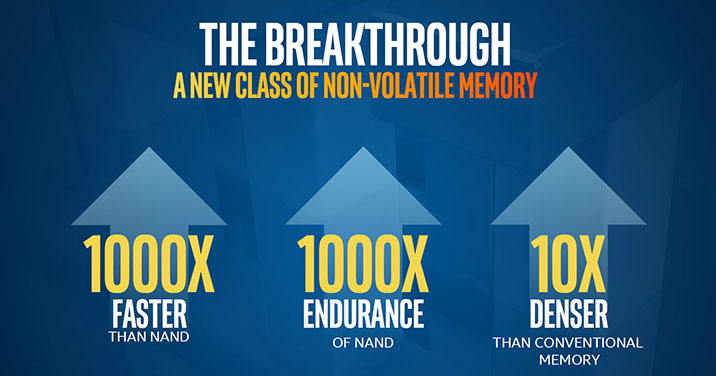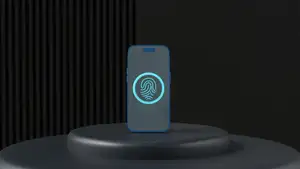
Rewriting the Rules on Computer Memory
A groundbreaking innovation in computer memory was recently revealed to the public by none other than Intel Corporation. According to Intel, this new computer memory product has been under development for the better part of a decade. This innovative new computer memory is labeled 3D XPoint.
If widely adopted as Intel clearly expects, 3D XPoint could go a long way in addressing the modern world’s seemingly unstoppable growth in data and data utilization. Interestingly, Intel points out that 3D XPoint is nothing less than an entirely new class of computer memory.
To best understand exactly what Intel is saying, take a moment to reflect on how computer memory has been traditionally configured in computing devices for quite some time. First, there is what is referred to as the system memory. The system memory takes care of current tasks from the microprocessor. More to the point, this system memory incredibly fast but it is only for temporary storage uses.
The next part of computer memory shows up in the form of the hard drive. As you probably know, the hard drive is for permanent storage, things like your files, programs and such. The hard drive could be the traditional mechanical hard drive or as is more common nowadays, the Flash or SSD drives. Nevertheless, the point here is that even with the speediest of hard drive technologies, there is a massive speed difference between the on board system memory and the hard drive.
Thus, the arrival of the Intel 3D XPoint memory. According to numbers released by Intel, the 3D XPoint is about 1,000 times faster than the speediest of SSD hard drives on the market today. For the record, even at that speed the 3D XPoint is but 1% of the speed of the system memory.
Nevertheless, Intel is making a strong case that 3D XPoint is an innovative memory technology that will become increasingly important. According to Intel’s Diane Bryan, executive Vice President of Intel’s Data Center Group: “…it blurs the line between system memory and storage. It can help accelerate tasks such as fraud detedction, retail purchase recommendations and autonomous driving.”
For the record, the 3D XPoint is being shipped as an entirely new storage drive. Yet, as of this writing these drives cannot take full advantage of the speed possible with 3D XPoint because of the inherent limitations in interfaces with existing computer technology.
That being said, the 3D XPoint is without question a remarkable breakthrough for computer memory technology. You can expect to see a number of computer manufacturers embracing this technology in the near future.









